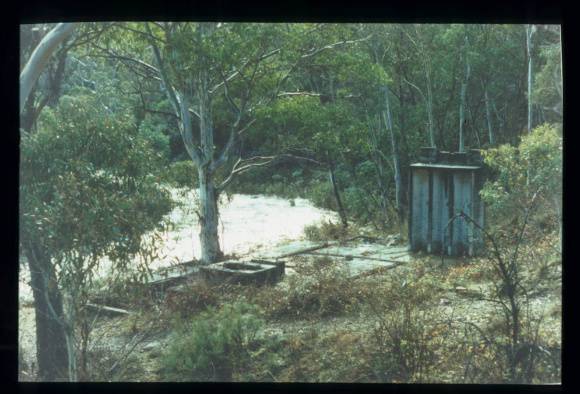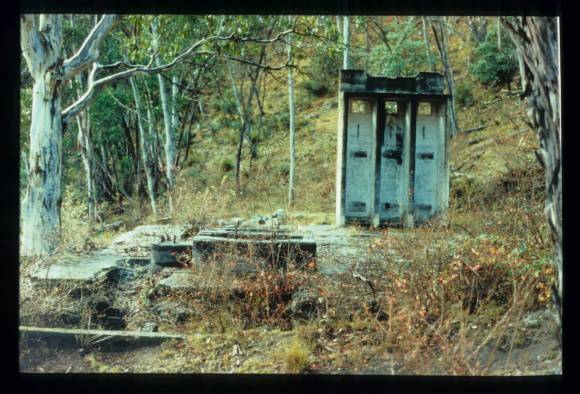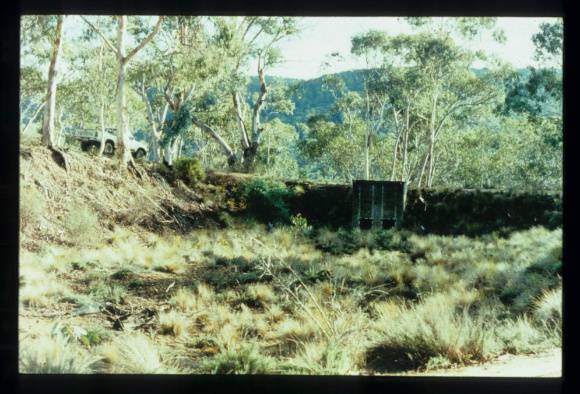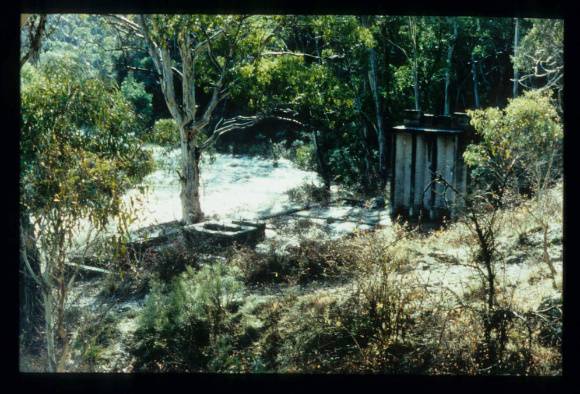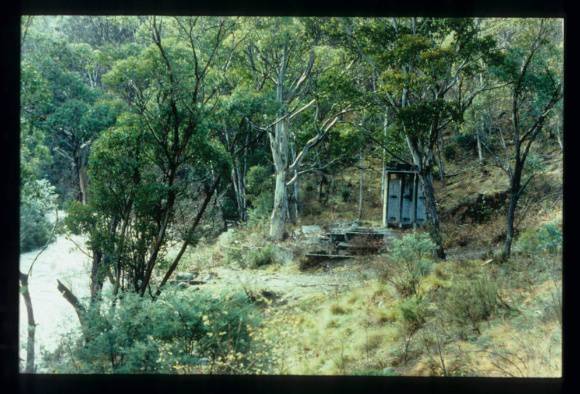| Back to search results » | Back to search page » |
|
VICTORIA FALLS HYDRO-ELECTRIC POWER STATION
LocationVICTORIA FALLS ROAD COBUNGRA, EAST GIPPSLAND SHIRE
File NumberHER/2001/000483LevelHeritage Inventory Site |
|
Statement of Significance
What is significant? How is it significant? Why is it significant? The Victoria Falls Hydro-Electric Power Station is of technological importance for the survival of a range of foundations and earthworks that illustrate all aspects of the underlying technology. No other site of its age and type retains this evidence. The site is archaeologically important for its potential to yield artefacts and evidence which may be able to contribute to an understanding of the use of hydro electric power in Victoria. [Source: Victorian Heritage Register]
The Victoria Falls Hydro-Electric Power Station was constructed by the Cassilis Gold Mining Company on the Cobungra River, just below the Victoria Falls. It is the site of Victoria’s earliest large-scale hydro-electric power scheme constructed for gold mining purposes. Power was generated through a Pelton wheel. The scheme was completed in 1907, and by 1909 all steam engines at the mine in Power’s Gully at Cassilis had been replaced with electric motors. The power station operated until the mine closed in 1916. The machinery from the power station was sold and removed to Tasmania where it continued it involvement with the mining industry. The significant visible components of the site are:
* Concrete and stone foundations of the power station.
* Settling dam with masonry outlet
* Pipeline route
The Victoria Falls Hydro-Electric Power Station is of historical and technological significance to the State of Victoria.
The Victoria Falls Hydro-Electric Power Station is historically important due to its association with the construction of Victoria’s earliest gold related hydro-electric scheme. The gold mine was located at Cassilis, 27kms away.
Group
Utilities - Electricity
Category
Generator/Power Station - hydro-electric


